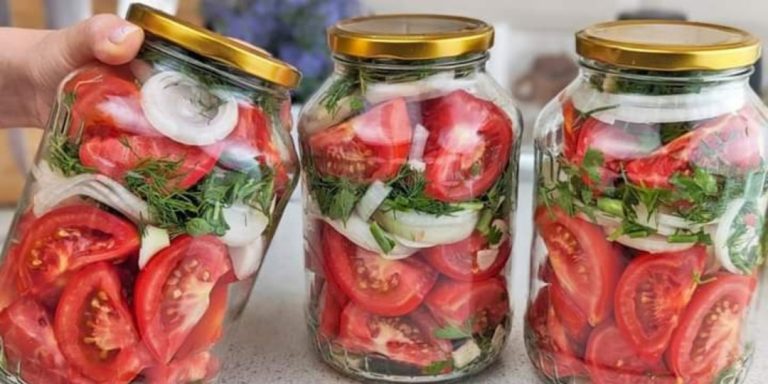ADVERTISEMENT
6. **Check for Rot:** Check your tomatoes regularly for rot or signs of mold. Remove damaged tomatoes immediately to prevent spoilage from spreading to other tomatoes.
7. **Alternative Storage Methods:** In addition to traditional storage on the kitchen counter, you can also store tomatoes in a cool cellar or in a well-ventilated vegetable drawer in the refrigerator. However, make sure the temperature isn't too low and the humidity isn't too high to prevent condensation.
8. **Avoid Direct Sunlight:** Don't place tomatoes in direct sunlight, as this can affect their shelf life. A cool, shady place is ideal for storing tomatoes.
9. **Using Excess Tomatoes:** If you have too many tomatoes and are worried they might spoil, you can use them by making them into sauces, soups, or pickled tomatoes. This way, you can prolong their freshness and enjoy them longer.
10. **Freezing Tomatoes:** If you want to store tomatoes for the long term, you can also freeze them. To do this, wash and slice the tomatoes, remove the stems, and then place them in an airtight container or freezer bag in the freezer. Frozen tomatoes are ideal for making sauces and soups.
By following these tips for proper tomato storage, you can ensure your tomatoes stay fresh and tasty for longer. Enjoy the versatility of this delicious vegetable in all its variations and rejoice in its long shelf life in your kitchen!
ADVERTISEMENT
